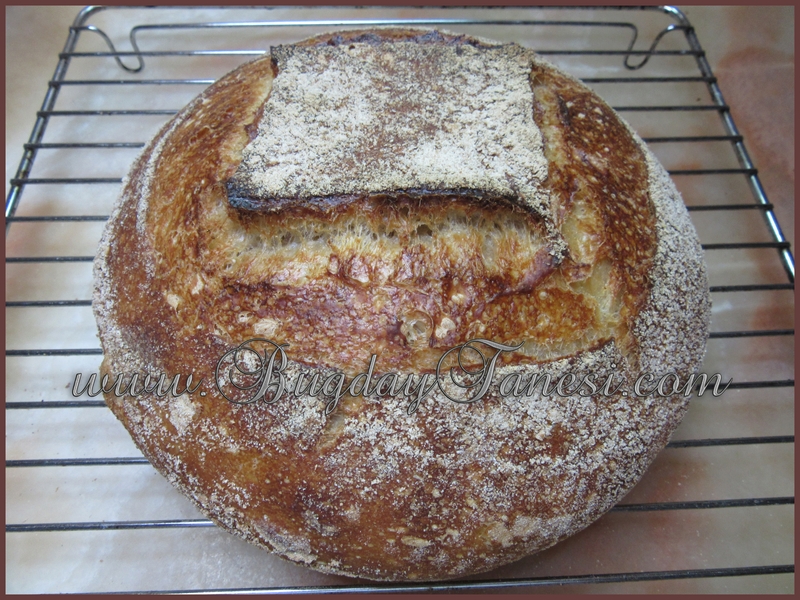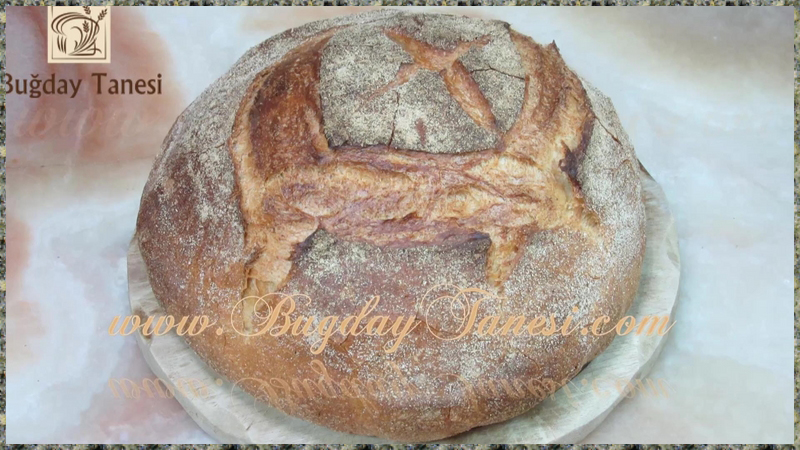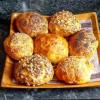Started baking croissants using Thomas Keller's recipe from Bouchon Bread. Previously, when searching for good croissants, would occasionally find a bakery that made a good-tasting croissant with a very good thin, crispy crust and many good layers inside but a wad of unrisen, underbaked dough just below the center.
Now this is what my croissants are turning out to be, so I know that the problem is not unusual, but I cannot find this pitfall addressed online or in any baking book that I can access.
I have made four batches, each on a quarter sheet pan. My oven is calibrated, that is, I know the hotter and cooler areas and it is not that uneven.
Batch 1: I did not follow Kelller's recipe for proofing but (following a pastry chef's advice) proofed them for one hour at 72˚, put them into a cold oven and let them finish proofing as the oven heated up to 350˚ (standard), and baked them for 25 minutes. Cut one and saw the underbaked center, so turned the oven down to 325˚ and contuned baking, testing one 10 minutes later, then another 5 minutes and again until the crusts were at the beginning of being too browned, then stopped, but all the centers persisted underbaked.
Batch 2: Proofed at ambient 72˚ for two hours (Keller's recipe), looked to be a good size, baked for 25, then 35, then 40 minutes (total) as a cut sample also showed an underbaked center at each time.
Batch 3 and 4: (Batch 1 and 2 were made with year-old KA AP flour, no diastatic malt (DME), and Shamrock unsalted butter). For batches 3 and 4, I used 1/2 KA AP flour and 1/2 Giusto white flour, 3 grams DME, and Land O Lakes for lower moisture content. Baked at 325˚ convection for 30 minutes, then turned oven down to 300 and continued baking as samples continued to show underbaked centers,
The recipe, in brief, is low mixer for 20 minutes, stretch and fold, rest 1 hour, shape, chill 20 min, fold over butter block, chill 20 min, first fold, chill 20 minutes, second fold, chill, third, roll into a long rectangle, cut into two, chill, cut and roll individual croissants, proof at ambient temp 2 hours, bake at 350 std or 325 convection. The recipe uses instant yeast for poolish and the batch but I use cake yeast at 2.5 times the instant amount. I have good bubbling of the poolish after 12-15 hr. and get a good rise and flakey interior on the outer portion of the croissant.
Anyone have experience in overcoming this problem? My pastry chef friends suggested the quality butter to minimize moisture. The pastry handles well because it is the same plasticity as the partially chilled - not hard-chilled - butter; slightly sticky, firm but not hard. It feels the way it ought to.
BB














